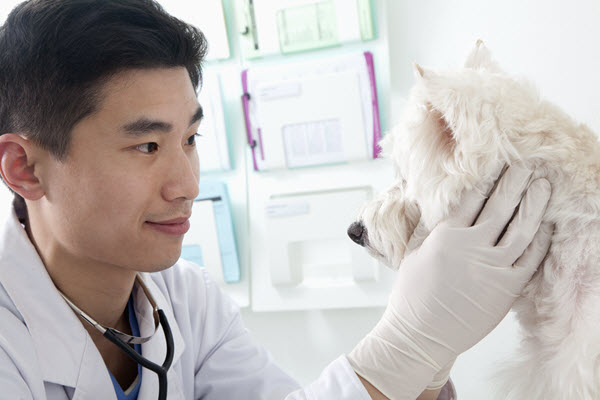This Months Best Cought On CCTV
Shared The Most
50 amazing gifts that women actually want
NASA Updates TV Coverage for First Crew Rotation Flight on US Commercial Spacecraft
The Booming Business Of Dogs
- Get link
- X
- Other Apps
In the United States today, there are nearly 90 million pet dogs – that’s 90 million snuggle buddies, fur babies, and best friends that rely on us to take care of them. In 2018, spending on pets exceeded $72 billion, putting the business of pets far ahead of countless other industries.
So, what is it about the pet industry that seems so recession-proof?
How Much Do We Spend On Our Pets?

On an individual basis, pet parents spend around $100 per month on their pets. This includes food, treats, toys, and essential healthcare. But when money is tight, especially in the case of Millennials and Gen Z, pet parents make do with what they have.
Three out of four pet owners say they would make sacrifices on their own financials if their pet needed it. 79% said they’d quit eating at restaurants while 67% said they’d put off taking a vacation.
At the end of the year, our annual spending on pets comes out to around $1,300 – but what happens when this isn’t enough?
- $142: the amount Millennials spend on pets per month
- $124: the amount Gen Zers spend on pets per month
- $105: the amount Gen Xers spend on pets per month
- $80: the amount Baby Boomers spend on pets per month
See also: Using Tech To Give Your Pet A Better Quality of Life
Vet Bills And Pet Insurance Are On The Rise

Though our love for our pets is unconditional, our financials may not be so.
American pet owners collectively spend more on their pets than the combined GDP of 39 countries, but where is this money coming from and where is it going?
By 2022, the pet health insurance business is predicted to reach a value of $2 billion – that’s $2 billion worth of backup funds to pay medical bills in case of emergency. An estimated one in three pets require an urgent veterinary visit every year and medical emergencies, even common issues, can begin to add up.
For breeds of dogs and cats that are predisposed to certain health concerns from joint pain to vision issues, care and treatment can soar into thousands and even tens of thousands. Instead of racking up high medical bills and hoping for the best, American pet owners decide to take a more proactive approach when it comes to their pets’ health and their finances.
- $6500: the cost of some common pet health problems
- $1200: the cost of pet dental work like X-rays and extractions with anesthesia
- $12,000: the cost of radiation and other cancer treatments for pets
An Ounce of Prevention For Our Pets
We don’t always have the funds on hand to pay for immediate and costly medical care and planning for emergencies like this is not always possible. Medical care prevention, rather than after-the-fact damage control, becomes a more realistic option.
It’s the pet industry that’s meeting our demands for prioritizing health.
Over 80% of pet owners believe that better quality food will not only improve the quality of their pets’ life but help reduce potential future health issues that arise with age. Gone are the days of by-product, preservative packed, cheap kibble. Pet lovers now prioritize high-quality ingredients, American-sourced premium food options.
Though perhaps a little more pricey upon checkout than cheaper, “traditional” pet foods, prioritizing nutrition and health for pets can make a big difference in the long run. Low-quality pet food is lacking in essential nutrients. Instead, they are full of fillers, chemicals, and dyes. BHT and BHA are common among pet food preservatives but they are also known carcinogens.
US-developed pet food is subject to stricter guidelines in development, production, and quality of ingredients. Making the right choices can pay off in the long run.
Some pet owners take this forward-thinking a step further by introducing daily supplements into their pet’s routine. One in three pet owners gives their furry loved ones vitamins to support bone health, joints, digestion, and an extra boost to immunity. Beneficial for humans as well, omega-3 and probiotics are good for dogs’ overall health given the correct dosage.
However, it’s glucosamine that shines above the rest, making up 80% of all pet supplements purchased in 2017.
See Also: Balancing Your Lifestyle With Your Pet
What Does The Future Hold For The Pet Industry?
From pet vitamins to CBD to health insurance, the pet industry is growing fast and shows no signs of slowing down. Take a look at this infographic for more on the business of dogs, how pet parents are managing even when funds are tight, and why it’s helping our pets to have longer and healthier lives.

Source: TRUDOG
The post The Booming Business Of Dogs appeared first on Dumb Little Man.
from Dumb Little Man - Tips for Life https://www.dumblittleman.com/the-pet-industry/
via Your Local Installers
- Get link
- X
- Other Apps



Comments
Post a Comment